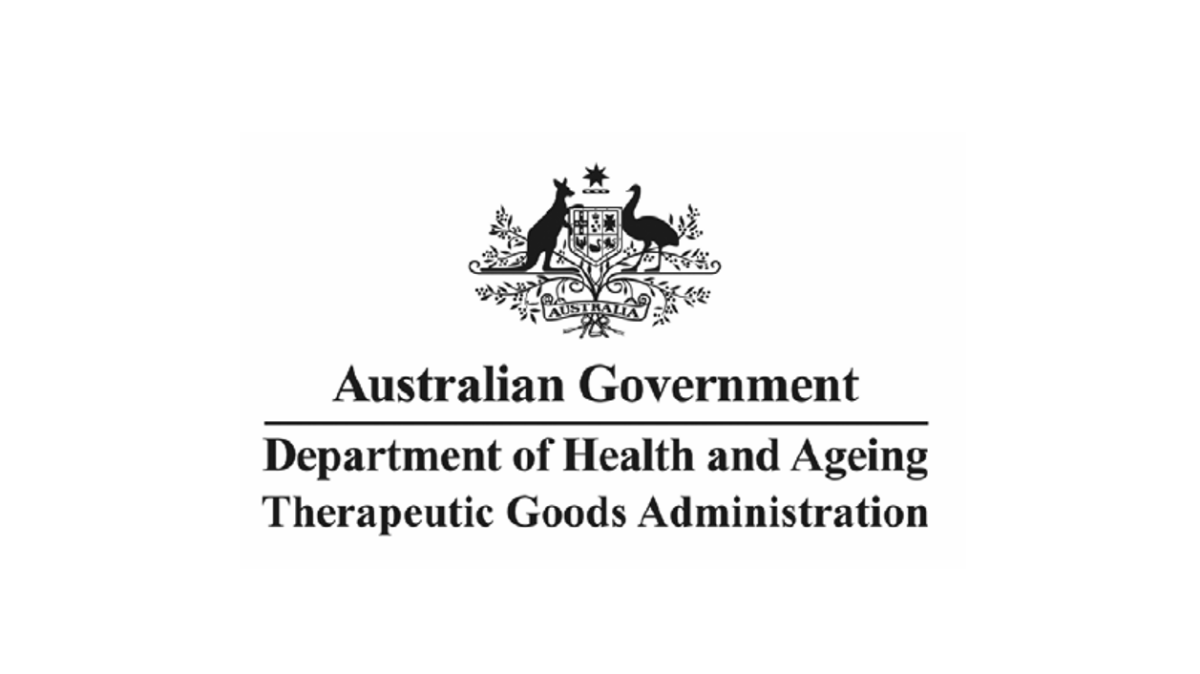The Therapeutic Goods Administration (TGA), the Australian authority responsible for medical device regulations, has published an official notice on the reclassification of certain medical devices. According to the document, the TGA intends to review the existing medical device classifications in order to reflect changes to European medical device classification, and to make improvements due to safety issues identified. Thus, the changes to be introduced by the TGA are intended to harmonize the regulatory approach and ensure the safety of patients.

Regulatory Background
First, the authority mentions that previous changes to the Australian medical device classification rules took place on the basis of consultations held by the authority in 2019. The scope of reclassification performed at that time covered the following products:
- Spinal implantable medical devices,
- Active medical devices for therapy with diagnostic function,
- Active implantable medical devices and their accessories,
- Medical devices that administer medicines or biologicals by inhalation,
- Medical devices that consist of substances introduced into the body via a body orifice or applied to the skin,
- Medical devices used in direct contact with the heart, central circulatory or central nervous systems.
The authority intends to apply the same approach for further changes and carry out public consultations in order to collect feedback and suggestions from industry representatives. The responses received will be considered by the TGA when developing new amendments to the medical device classification rules.
In order to assist medical device manufacturers and other parties involved in applying new medical device classification rules, the TGA has already developed and published several guidance documents describing the most important aspects related to the amended regulations. The guidance documents already published by the TGA cover classification rules related to:
- Active implantable medical devices,
- Active medical devices for therapy with a diagnostic function,
- Medical devices that administer medicines or biologicals by inhalation.
The TGA also intends to publish new guidance documents once available.

Reclassification of Active Medical Devices for Therapy with a Diagnostic Function
The first guidance published by the TGA regarding amended classification rules describes regulatory aspects related to active medical devices for therapy with a diagnostic function. The document is intended to provide additional clarifications on regulatory requirements for such medical devices. However, the authority also mentions that in the event of any discrepancies with the provisions of current legislation, the latter shall prevail. All clarifications and recommendations provided in the guidance are intended for informational purposes only. Additionally, the TGA reserves the right to modify the guidance if deemed reasonably necessary to reflect changes to the applicable regulations on medical device classification.
According to the guidance, from November 25, 2021, active medical devices for therapy with a diagnostic function will be required to meet regulatory requirements demonstrating the safety and performance for Class III medical devices. Before the new rules entered into force, such medical devices were classified as Class IIa/IIb (low-medium and medium-high risk, respectively) medical devices.
As mentioned, the changes made to the medical device classification rules were subject to public consultations carried out by the TGA earlier in 2019. The feedback provided by the industry representatives and other stakeholders was considered by the authority when finalizing the new rules.
As a result, medical devices falling within the scope of the classification rule addressed herein are subject to the following additional regulatory requirements:
- The manufacturer shall provide additional information about the quality management systems (QMS) employed, as well as additional technical documentation related to the medical device itself.
- Conformity assessment should be performed in order to evaluate compliance with the applicable requirements.
- The application for inclusion of a medical device in question in the Australian Register of Therapeutic Goods (ARTG, the national register of medical devices) should be subject to audit assessment to be performed by the authority. The scope of such an assessment shall also cover clinical evidence to be provided by the manufacturer.
The document also provides the definition of an active medical device for therapy which, according to the guidance, is one that is intended by the manufacturer to be used on a human being, either alone or in combination with another medical device, to support, modify, replace or restore biological functions or structures for the purpose of treating or alleviating an illness, injury or handicap. The document also provides some examples of medical devices covered by the scope of the classification rule, such as closed-loop systems, temperature mapping units, and mechanical bloodstream indicator injectors. At the same time, the authority explicitly mentions that continuous positive airway pressure (C-PAP) devices fall outside the scope of the new rule. Hence, they should be considered medium-risk medical devices and treated accordingly.
The authority additionally emphasizes that the new classification rules introduced on February 25, 2021, also impact the classification of software-based medical devices. It is stated that if several classification rules are applicable, the one requiring the highest classification should be applied. This approach should be used for all medical devices, not only the ones that are software-based.
In the case of medical devices included in the ARTG prior to November 25, 2021, the transitional regime rules should be applied in order to ensure their uninterrupted availability on the market. At the same time, the manufacturer will have to apply for their inclusion in the register as Class III medical devices. In particular, the manufacturer shall perform the following steps:
- Before May 25, 2022 – to notify the regulating authority about the medical device requiring reclassification.
- Before November 1, 2024 – apply for inclusion of the medical device in the national register under the new classification rules.
Should the manufacturer fail to submit its application before the second target date indicated above, it shall suspend further marketing of the medical device in question.
If the manufacturer has already submitted an application for inclusion in the national register before November 25, 2021, the medical device will be included in the register under previous classification rules. Consequently, the manufacturer will have to apply for reclassification. For this purpose, the responsible entity shall provide the authority with the current registration number and classification and also with the new classification.

New Application Rules
How Can RegDesk Help?
RegDesk is a next-generation web-based software for medical device and IVD companies. Our cutting-edge platform uses machine learning to provide regulatory intelligence, application preparation, submission, and approvals management globally. Our clients also have access to our network of over 4000 compliance experts worldwide to obtain verification on critical questions. Applications that normally take 6 months to prepare can now be prepared within 6 days using RegDesk Dash(TM). Global expansion has never been this simple.

